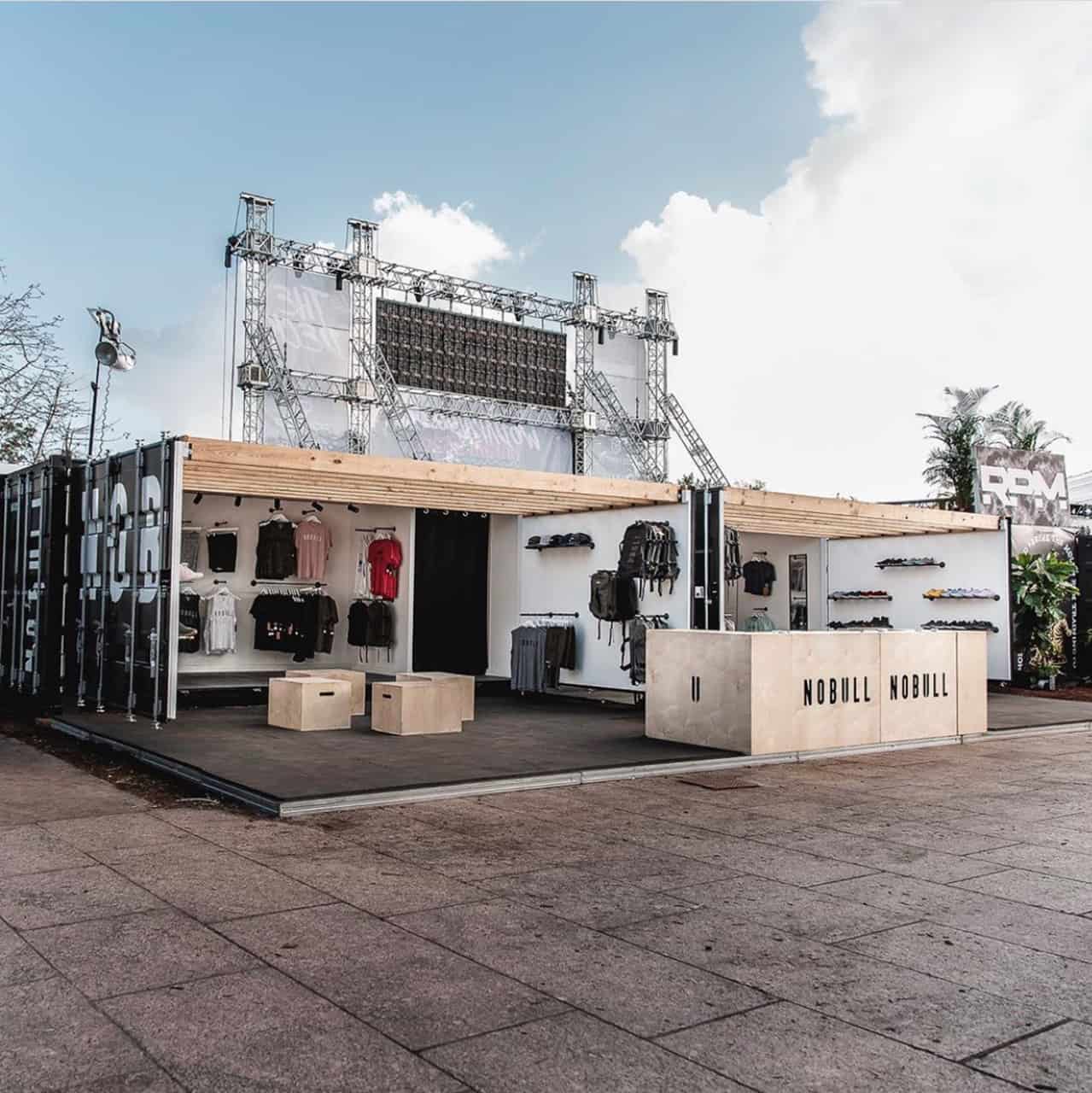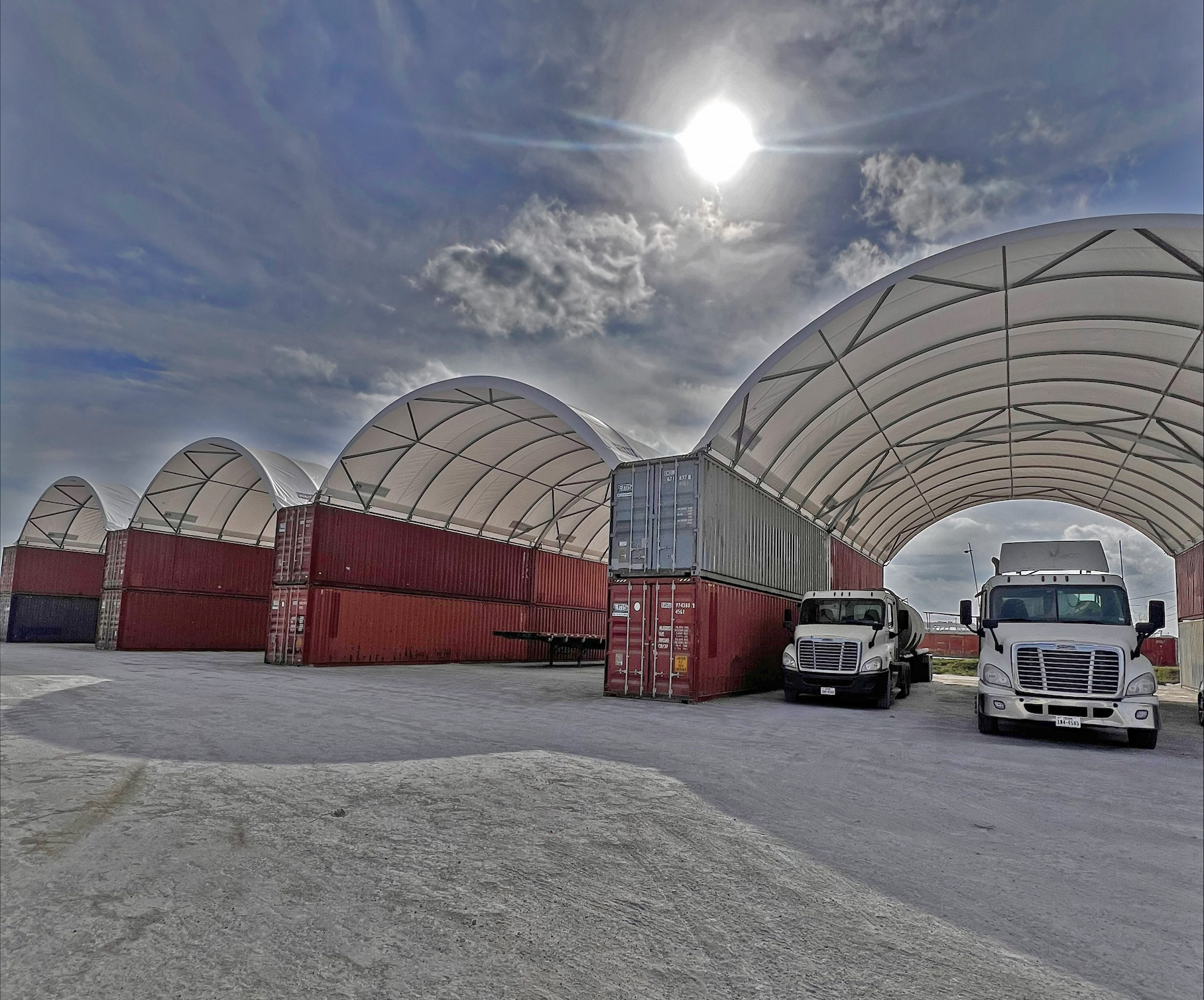How hot do you think a metal box gets sitting in the sun? Would you have guessed 140 degrees? Shipping containers can easily reach this temperature during transit. Now imagine your perishable product in that container. It’s not going to last long, is it? This is where refrigerated containers come in.
Refrigerated containers are just one of many different types of shipping containers available these days. Not sure how they work or how you would use one? We’ve got you covered with this quick handy guide.
How Do Refrigerated Containers Work?
Most shipping containers have no way of regulating the temperature inside. This means that if you are shipping in the dead of winter, it will get very cold inside the container. It also means that if your shipment goes through hot climates, your container will get very hot inside. Now, this may not be a big deal if you are shipping products such as furniture or apparel. However, it is a huge problem if you are shipping perishable products. Refrigerated containers will keep the inside temperature down so as to ensure your shipment doesn’t spoil mid-transit. They start with the proper amount of insulation. This prevents the transfer of heat.
Reefers
Now if you are looking for something more than just temperature regulation, then you need a reefer. These containers are equipped with a refrigeration system that will actively cool or even freeze its contents.
Redundant Refrigeration
This type of system cools the container the way a typical refrigerator would. It’s called redundant because there is more than one cooling unit. This is in case the first one fails, like a backup. There is also a generator on the container to supply the high amount of power needed to run the system.
Cryogenic Cooling
This system is better if your shipment only needs to go a short distance. For these containers carbon dioxide or liquid nitrogen get turned into a frozen gas. The container’s temperature drops as the gas evaporates and leaves the container. So, it is important to calculate the right evaporation time so enough gas is used to keep the container cool for the entire duration of the shipment.
When Are They Used?
These types of containers are used whenever there is a risk of damage by temperature to the items being shipped. Most commonly they are used in the food and beverage industry. No one wants a container of spoiled beef or milk to show up on their loading dock. The same goes for eggs or fish.
Start Using Refrigerated Containers for Your Perishable Shipments
If you are worried about high temperatures causing damage to your freight shipment, then you need a refrigerated container. These containers may cost a bit more, but you will save money exponentially by not losing product in transit. Refrigerated containers allow you to set the temperature within the container. This way you know that your goods are protected from the heat even if there is a delay in shipment.
Need help selecting the right container for your perishable shipment? Contact us today and we’ll help you get what you need.










